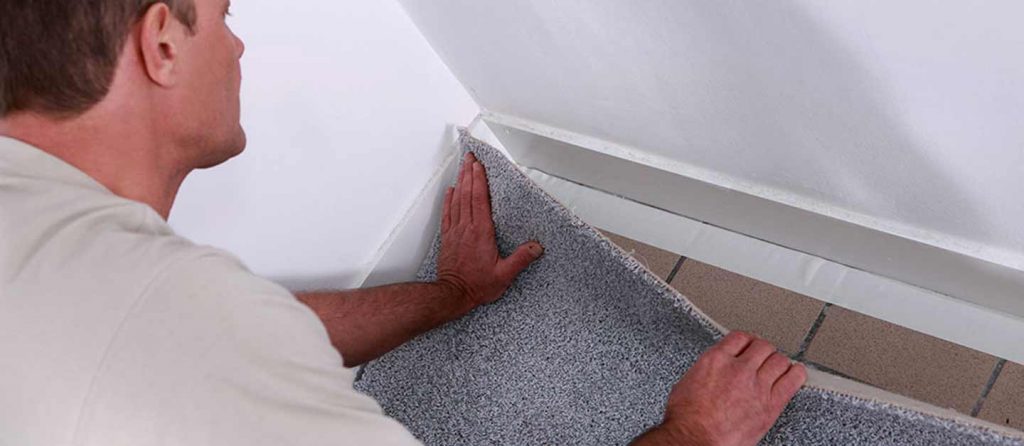Whether you are looking for a floor covering for your home or business, carpeting can be a great choice. It’s easy to care for and helps to keep your air clean and free of allergens. It also provides excellent insulation, helping to keep your heating costs down. It can even help to alleviate allergy symptoms and asthma. It is also very durable and can be laid over a variety of different surfaces.
There are many styles of carpet available, from elegant to casual. These styles come in a variety of colors and patterns. For instance, some styles are available with tufted patterns. They can be woven or non-woven. They are also available in different heights. Some of the more popular styles include cut pile, loop pile, and tufted.
These types of carpet are made by tufting fibres or yarn through a backing. The tufts are then either snipped or left intact depending on the style. Some rugs are silk-screened, while others are dyed after weaving. These rugs may cost less than wool. They are also resistant to sunlight.
There are three basic pile types. The first is high pile, which creates a fluffy or plush feel. The second is cut and loop, which has a level pile height. The third is tufted greige, which is not attached to the floor and is immersed in a heated vat for several hours. This type of carpet offers good custom colour flexibility.
The tufting process is made up of chemical and mechanical means. It is produced with an olefin polymer base, which produces a soft, semi-dull fibre. However, this type of carpet has poor texture retention and a low life expectancy.

Traditionally, wool was used to make this type of carpet. However, synthetic fibres are now more common, and they are more affordable. They are produced in various lustre classifications, including semi-bright, semi-dull, and bright. Most synthetic carpets are made with bulked continuous filament yarn.
Another consideration is the pile height. The higher the pile, the more prone the carpet is to holding impressions from foot traffic. This can be avoided by choosing a denser construction. The higher the density of the fibres, the less likely the carpet will be crushed or matt. It is also possible to minimize the amount of crocking, which can occur in both wet and dry conditions.
The thickness of the carpet is a factor as well. Generally, thicker carpets are better for insulation, as they retain heat and reduce heat loss. Some carpets have an underpad under them that adds additional insulation benefits. The underpad is often made from polyvinyl chloride, which is a synthetic polymer. It is also used as a back-coating for carpet tiles.
When purchasing a carpet, it is important to choose the proper fibres. Some of these include olefin, nylon, and polypropylene. These fibres have good cover, but may be heavier than wool.
Depending on your needs, you can opt for a short-pile, patterned carpet or one with a longer shag. These designs will hide footprints and vacuum marks. They are also a good option for formal rooms. For more casual spaces, you can choose a loose-pile Saxony or velvet. These styles are more comfortable to walk on than a cut style.
Choosing Carpeting For Your Home
